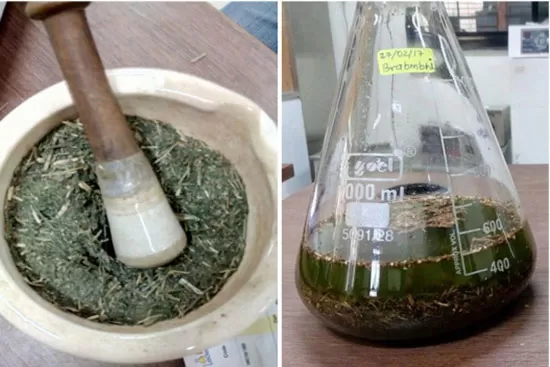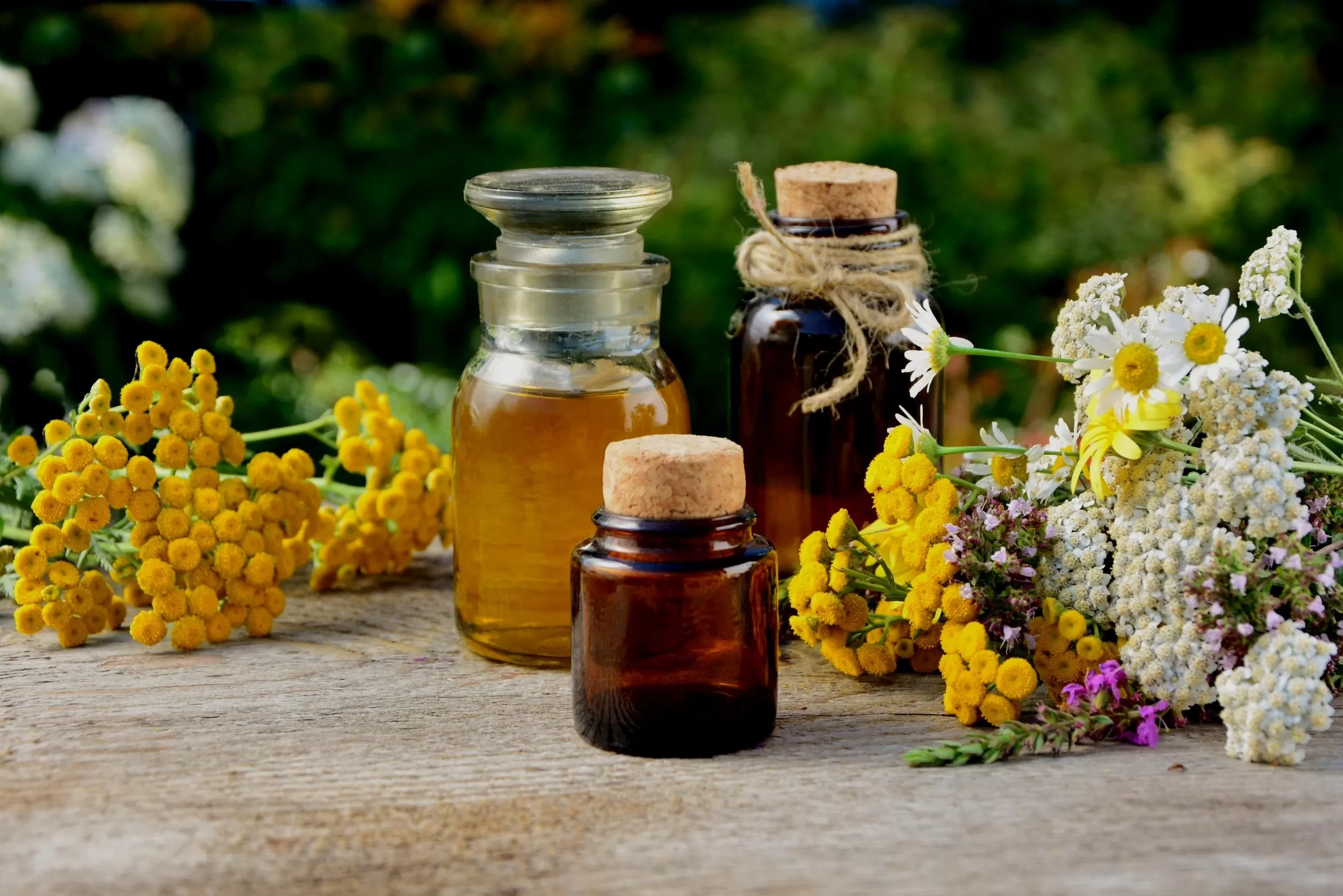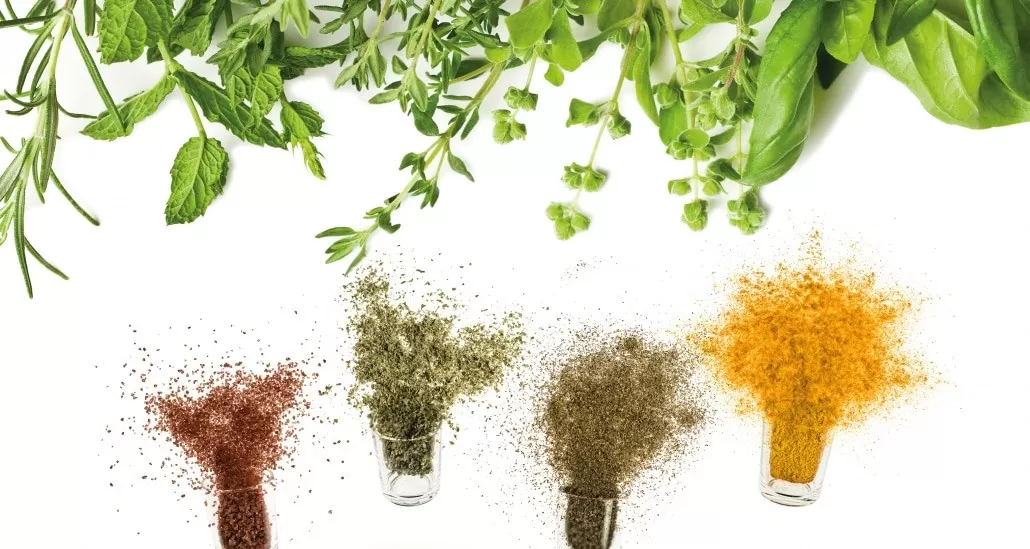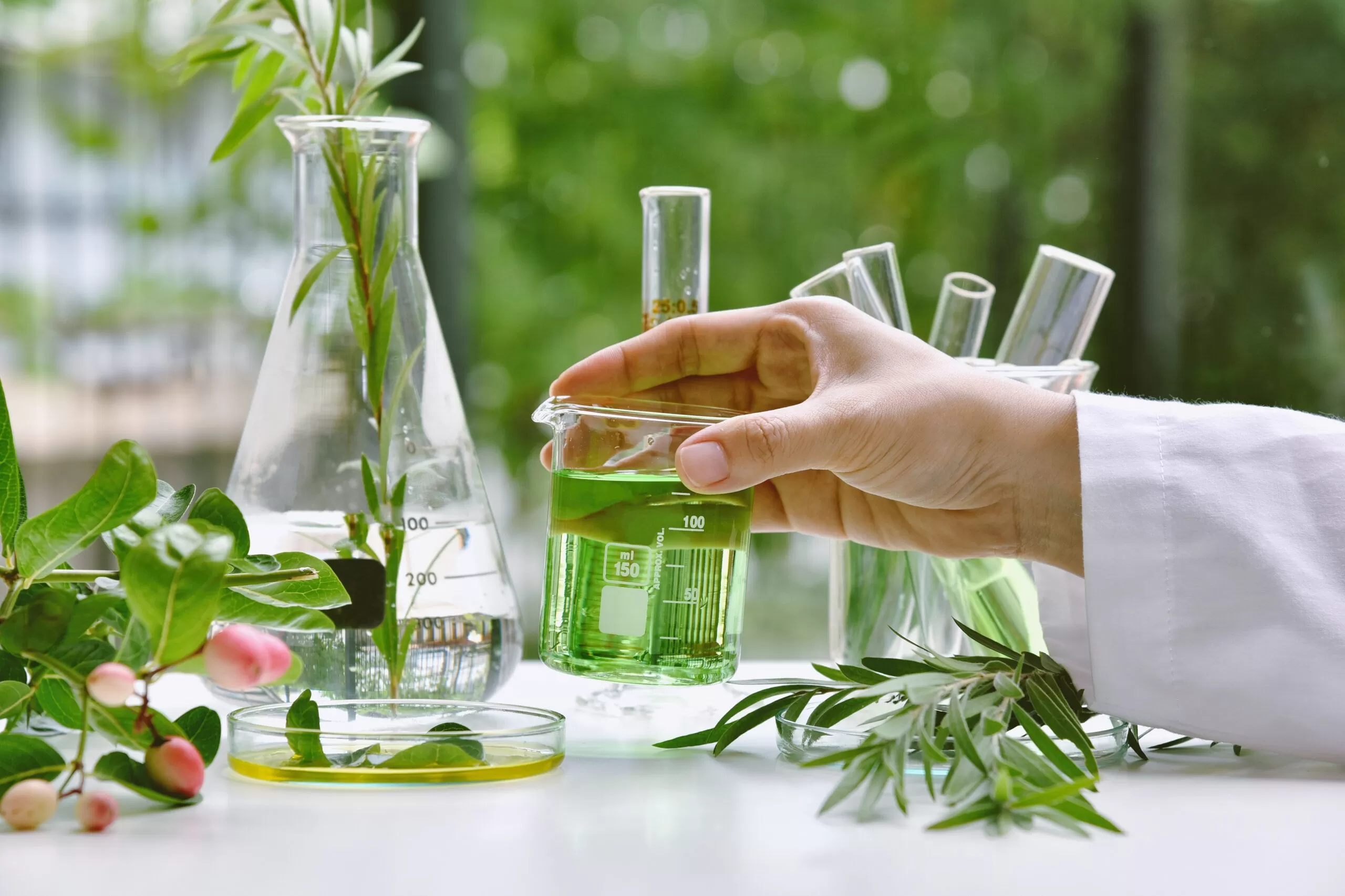- 0086-571-85302990
- sales@greenskybio.com
Nature's Treasure Trove: Exploring Plant Tissues for Flavonoid Richness
2024-08-04
Introduction
Plants are a remarkable source of bioactive compounds, and among these, flavonoids stand out as a particularly important class. Flavonoids are a diverse group of polyphenolic compounds that are ubiquitously present in the plant kingdom. They are synthesized in various plant tissues, which can be considered as nature's treasure troves waiting to be explored for their flavonoid richness. These compounds play essential roles in plants, such as protecting against ultraviolet radiation, attracting pollinators, and defending against pathogens. Moreover, flavonoids have attracted significant attention from the scientific community due to their potential health benefits for humans, including antioxidant, anti - inflammatory, and anti - cancer properties.
Factors Influencing Flavonoid Content in Plant Tissues
Environmental Conditions
- Light intensity has a profound impact on flavonoid production. High light intensity often leads to an increase in flavonoid biosynthesis. For example, in many leafy plants, exposure to full sunlight can trigger the production of flavonoids in the epidermal tissues. This is an adaptive response as flavonoids can absorb and dissipate excess light energy, protecting the plant from photo - oxidative damage.
- Temperature also plays a crucial role. Flavonoid levels can vary depending on the ambient temperature. In some plants, cooler temperatures during certain growth stages can enhance flavonoid content. For instance, grapes grown in cooler regions may have higher levels of flavonoids, which contribute to the unique flavor and quality of the wine produced from them.
- Soil nutrients are another important factor. Adequate availability of nutrients such as nitrogen, phosphorus, and potassium is essential for normal plant growth and flavonoid biosynthesis. However, an imbalance in nutrient levels can either enhance or inhibit flavonoid production. For example, a moderate deficiency of nitrogen may lead to an increase in flavonoid content as the plant reallocates resources towards secondary metabolite production.
Genetic Factors
- Genetic makeup determines the baseline potential for flavonoid production in a plant. Different plant species have evolved unique genetic pathways for flavonoid biosynthesis. For example, some species of the genus Camellia, which includes tea plants, are known for their high flavonoid content. This is due to specific genes that code for enzymes involved in the flavonoid synthesis pathway.
- Genetic variation within a species can also lead to differences in flavonoid content among different varieties or cultivars. Through selective breeding, humans have been able to develop plant varieties with enhanced flavonoid profiles. For instance, modern breeding techniques have produced certain varieties of blueberries with significantly higher levels of flavonoids compared to their wild counterparts.
Flavonoid - Rich Plant Tissues
Leaves
Leaves are one of the primary sites of flavonoid biosynthesis in plants. In many plants, flavonoids are present in the epidermal cells of the leaves. These flavonoids can act as a natural sunscreen, protecting the underlying photosynthetic tissues from harmful UV radiation. For example, in spinach leaves, flavonoids such as Quercetin and kaempferol are present in significant amounts. These flavonoids not only protect the plant but also contribute to the nutritional value of spinach when consumed by humans.
Flowers
Flowers are often rich in flavonoids, which play important roles in attracting pollinators. The colorful pigments in flowers, such as anthocyanins (a type of flavonoid), are responsible for their vibrant colors. For instance, in roses, the red color is due to the presence of anthocyanins. Pollinators are attracted to these colorful flowers, and in the process of pollination, they help in the plant's reproduction. Additionally, some flavonoids in flowers have been found to have antimicrobial properties, protecting the reproductive organs of the plant from microbial infections.
Fruits
- Fruits are well - known for their flavonoid content. Berries, in particular, are a rich source of flavonoids. For example, cranberries contain high levels of proanthocyanidins, which are a type of flavonoid. These flavonoids are associated with various health benefits, including preventing urinary tract infections in humans. The flavonoid content in fruits can also influence their taste, color, and shelf - life.
- Apples are another common fruit with significant flavonoid content. Flavonoids in apples, such as flavan - 3 - ols, are mainly concentrated in the peel. Eating apples with the peel can provide a good amount of flavonoids, along with other nutrients.
Roots
Although not as commonly associated with flavonoid - rich tissues as leaves, flowers, or fruits, roots can also contain flavonoids. In some plants, flavonoids in the roots play a role in plant - soil interactions. For example, they can be involved in allelopathic interactions, where the plant releases flavonoids into the soil to inhibit the growth of neighboring plants. Some medicinal plants have flavonoid - rich roots, and these flavonoids are often the active components responsible for their medicinal properties.
Modern Technology in Discovering and Utilizing Flavonoid - Rich Plant Tissues
High - Throughput Screening
Modern technology has enabled high - throughput screening methods for identifying flavonoid - rich plant tissues. These techniques use advanced spectroscopic and chromatographic methods to rapidly analyze large numbers of plant samples. For example, high - performance liquid chromatography (HPLC) coupled with mass spectrometry (MS) can accurately identify and quantify flavonoids in different plant tissues. This allows researchers to screen a large number of plant species or varieties in a relatively short time to identify those with the highest flavonoid content.
Genetic Engineering
- Genetic engineering techniques offer the potential to enhance flavonoid production in plants. Scientists can manipulate the genes involved in the flavonoid biosynthesis pathway to increase the production of specific flavonoids. For example, by over - expressing certain genes in transgenic plants, it is possible to achieve a significant increase in flavonoid levels.
- Genetic engineering can also be used to introduce flavonoid biosynthesis pathways into plants that do not naturally produce high levels of flavonoids. This could potentially expand the range of plants available for flavonoid extraction and utilization.
Biotechnology - Based Extraction Methods
Biotechnology - based extraction methods are being developed to efficiently extract flavonoids from plant tissues. These methods are often more environmentally friendly and can produce higher - quality extracts compared to traditional extraction methods. For example, enzyme - assisted extraction uses specific enzymes to break down the cell walls of plant tissues, facilitating the release of flavonoids. Supercritical fluid extraction, which uses supercritical carbon dioxide, is another emerging technique that can selectively extract flavonoids with high purity.
Benefits of Flavonoid - Rich Plant Tissues for Human Health
- Antioxidant Activity: Flavonoids are potent antioxidants. They can scavenge free radicals in the body, which are unstable molecules that can cause oxidative damage to cells. By neutralizing these free radicals, flavonoids can help prevent various chronic diseases, such as heart disease, cancer, and neurodegenerative disorders.
- Anti - Inflammatory Effects: Flavonoids have anti - inflammatory properties. They can inhibit the production of inflammatory mediators in the body, reducing inflammation. This can be beneficial for conditions such as arthritis, where chronic inflammation is a major problem.
- Cardiovascular Health: Some flavonoids have been shown to have positive effects on cardiovascular health. They can improve blood vessel function, reduce blood pressure, and lower cholesterol levels. For example, flavonoids in red wine, such as resveratrol, have been associated with a reduced risk of heart disease.
- Cancer Prevention: There is growing evidence that flavonoids may play a role in cancer prevention. They can interfere with the growth and spread of cancer cells by various mechanisms, such as inducing apoptosis (programmed cell death) in cancer cells and inhibiting angiogenesis (the formation of new blood vessels that supply tumors).
Applications of Flavonoid - Rich Plant Tissues in Other Industries
Food Industry
- Flavonoid - rich plant tissues are increasingly being used in the food industry as natural additives. For example, extracts from fruits and plants containing flavonoids can be used as natural colorants, replacing synthetic dyes. Anthocyanins from berries are often used to give a red - purple color to food products such as yogurts and beverages.
- Flavonoids can also be added to functional foods and nutraceuticals. These products are designed to provide additional health benefits beyond basic nutrition. For instance, a dietary supplement containing flavonoids from green tea may be marketed for its antioxidant and weight - loss properties.
Cosmetics Industry
- In the cosmetics industry, flavonoids are valued for their antioxidant and skin - protecting properties. They can be incorporated into skin care products such as creams, lotions, and serums. For example, flavonoids from plants like chamomile can be used to soothe and protect the skin from environmental damage.
- Flavonoids can also be used in hair care products. Some flavonoids have been shown to promote hair growth and improve hair quality by strengthening the hair follicles.
Pharmaceutical Industry
- The pharmaceutical industry is exploring flavonoids as potential drug candidates. Some flavonoids have shown promising results in pre - clinical and clinical trials for various diseases. For example, certain flavonoids are being investigated for their anti - diabetic properties, as they can regulate blood sugar levels.
- Flavonoids can also be used as adjuvants in drug formulations. They can enhance the bioavailability of drugs or improve their stability. For instance, in some drug delivery systems, flavonoids can be used to protect the active drug compound from degradation in the body.
Conclusion
Plant tissues are indeed nature's treasure troves of flavonoids. The flavonoid content in plant tissues is influenced by a variety of factors, including environmental conditions and genetic factors. By exploring these tissues, we can discover new sources of flavonoids with potential benefits for human health and various industries. Modern technology has provided powerful tools for identifying, studying, and utilizing flavonoid - rich plant tissues. As our understanding of flavonoids continues to grow, we can expect to see even more applications and benefits in the future, from improved human health to more sustainable and innovative products in different industries.
FAQ:
What are flavonoids?
Flavonoids are a class of secondary metabolites found in plants. They have a wide range of chemical structures and functions. Flavonoids play important roles in plants, such as protecting against UV radiation, pathogens, and herbivores. They also contribute to the color of flowers, fruits, and leaves, which can attract pollinators and seed dispersers. For humans, flavonoids have antioxidant, anti - inflammatory, and other health - promoting properties.
How do environmental conditions affect flavonoid content in plant tissues?
Environmental conditions can have a significant impact on flavonoid content in plant tissues. For example, light intensity and quality can influence flavonoid biosynthesis. High light intensity or exposure to UV - B radiation can increase flavonoid production as a protective mechanism. Temperature also plays a role; cold or heat stress may lead to changes in flavonoid levels. Additionally, soil nutrient availability, water availability, and altitude can all affect the amount and types of flavonoids present in plant tissues.
What genetic factors are involved in flavonoid production in plants?
Genetic factors play a crucial role in flavonoid production in plants. Specific genes are responsible for encoding the enzymes involved in the biosynthesis of flavonoids. Mutations in these genes can lead to altered flavonoid profiles. Different plant species and even different varieties within a species may have distinct genetic makeups that result in varying flavonoid contents. Genetic regulation can also be influenced by epigenetic factors, which can affect the expression of genes related to flavonoid biosynthesis without changing the underlying DNA sequence.
How does modern technology help in exploring flavonoid - rich plant tissues?
Modern technology offers several ways to explore flavonoid - rich plant tissues. High - performance liquid chromatography (HPLC) and mass spectrometry (MS) are powerful analytical techniques that can accurately identify and quantify flavonoids in plant samples. Genomic and transcriptomic technologies allow researchers to study the genes involved in flavonoid biosynthesis and regulation. Additionally, imaging techniques such as fluorescence microscopy can help visualize flavonoid distribution within plant tissues. Biotechnology methods, like genetic engineering, can be used to enhance flavonoid production in plants or to transfer flavonoid - related genes between different plant species.
What are the potential applications of flavonoid - rich plant tissues in human health?
Flavonoid - rich plant tissues have numerous potential applications in human health. Their antioxidant properties can help combat oxidative stress, which is associated with many chronic diseases such as cancer, cardiovascular diseases, and neurodegenerative disorders. Flavonoids may also have anti - inflammatory effects, which can be beneficial for conditions like arthritis. Some flavonoids have been shown to have anti - microbial activity, potentially helping in the fight against infections. Additionally, they may play a role in improving cognitive function, enhancing the immune system, and promoting healthy aging.
Related literature
- Flavonoids in Plants: Biosynthesis, Function, and Health Benefits"
- "The Role of Flavonoids in Plant - Environment Interactions"
- "Genetic and Environmental Regulation of Flavonoid Biosynthesis in Medicinal Plants"
- ▶ Hesperidin
- ▶ citrus bioflavonoids
- ▶ plant extract
- ▶ lycopene
- ▶ Diosmin
- ▶ Grape seed extract
- ▶ Sea buckthorn Juice Powder
- ▶ Beetroot powder
- ▶ Hops Extract
- ▶ Artichoke Extract
- ▶ Reishi mushroom extract
- ▶ Astaxanthin
- ▶ Green Tea Extract
- ▶ Curcumin Extract
- ▶ Horse Chestnut Extract
- ▶ Other Problems
- ▶ Boswellia Serrata Extract
- ▶ Resveratrol Extract
- ▶ Marigold Extract
- ▶ Grape Leaf Extract
- ▶ blog3
- ▶ blog4
- ▶ blog5
-
What are extracts made of?
2024-08-04
-
Extract Usage: A Comprehensive Guide
2024-08-04
-
Are plant extracts good for you?
2024-08-04
-
What are plant-based extracts?
2024-08-04
-
What Is a Plant Extract? A Deep Dive
2024-08-04
-
Rose Hip Extract
2024-08-04
-
Aguaje Extract
2024-08-04
-
Bitter Melon Extract
2024-08-04
-
Bamboo Leaf extract
2024-08-04
-
Giant Knotweed Extract
2024-08-04
-
Lily extract
2024-08-04
-
Genistein
2024-08-04
-
Mango flavored powder
2024-08-04
-
Marigold Extract
2024-08-04
-
Citrus bioflavonoids
2024-08-04































